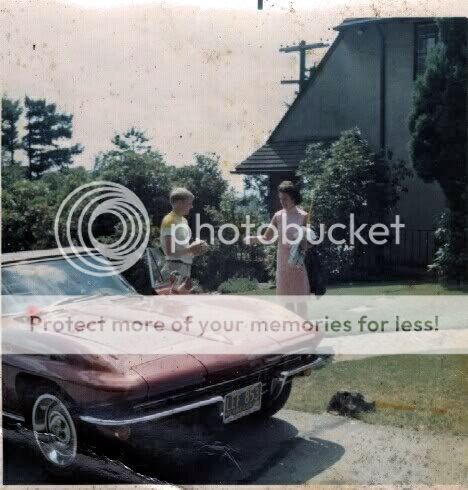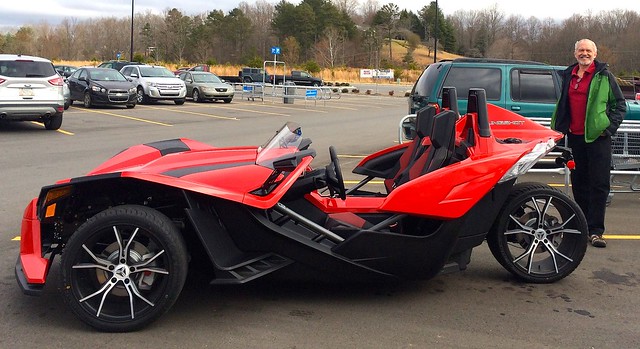In the early 2000s, I owned a first model year Miata ('91 MY iirc) for a couple of months. My sister in law had gotten it for free from a friend and I kept it in my name until I had it fixed up and she had enough of a driving history to purchase insurance. When I got the car, AC Blower, window washer, window wiper were not working and it made horrible crunching noises every time you rode over a bump in the road. The electrical nicknack was easy enough to replace with parts from the local NAPA, turned out to be stock Ford parts. The crunchy noise turned out to be a broken sway-bar link. Mazda didn't carry the part and I ended up replacing the sway-bar with junkyard parts from a later generation model and put new struts in. Once it was fixed (all at a cost less than 3 months payments on a new car), it was a fun little toy. Very lightweight, cornered well, good fuel economy. SIL drove it for a couple of years with little maintenance needed.
Roadster, less than 15k, I would look for a Miata 6-speed stick-shift, late 2000s. Spend a couple of $$ on suspension/tires or performance if that's your thing.
Roadster, less than 15k, I would look for a Miata 6-speed stick-shift, late 2000s. Spend a couple of $$ on suspension/tires or performance if that's your thing.




